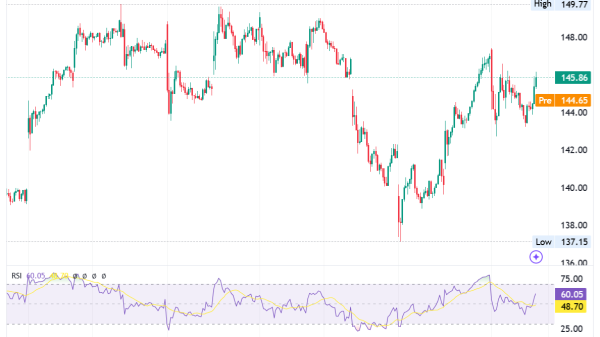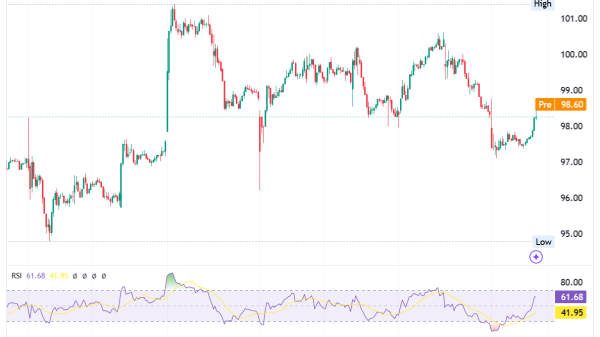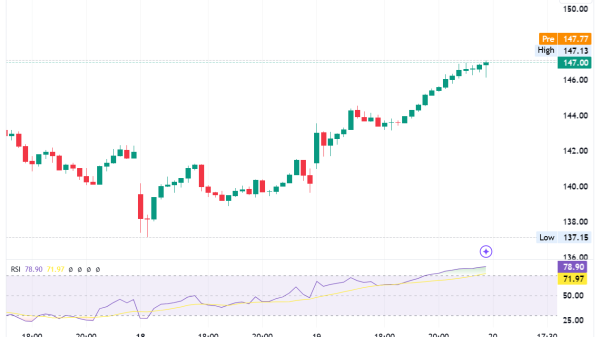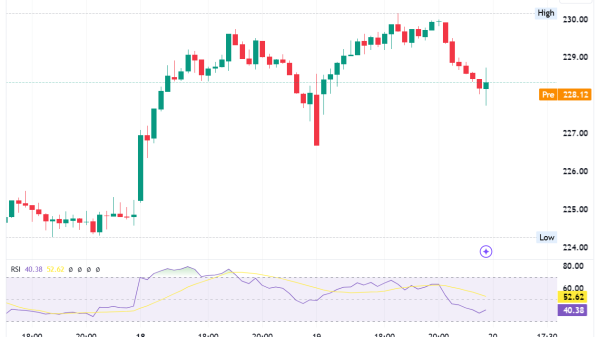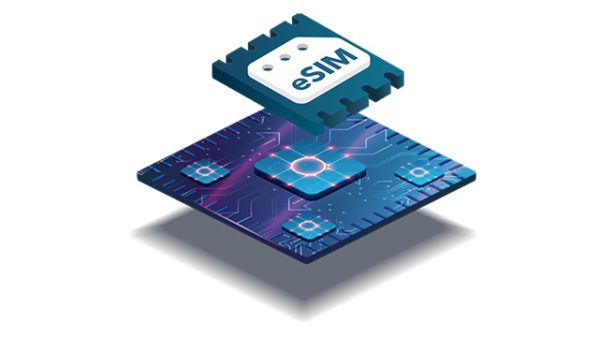The realm of Internet of Things (IoT) is witnessing a remarkable transformation, particularly in the field of remote monitoring. Advanced IoT connectivity solutions are not merely an add-on but a core component driving efficiency and innovation across industries.
The deployment of IoT in remote monitoring has revolutionized various industries, transitioning from an innovative concept to a cornerstone of business operations. In healthcare, IoT devices are being utilized to monitor patients remotely, drastically improving patient care by enabling continuous health monitoring and rapid response to emergencies.
In manufacturing, sensors and connected devices provide a constant stream of data on equipment performance, leading to enhanced operational efficiency and predictive maintenance capabilities. Similarly, in agriculture, IoT technology is used to monitor crop conditions, automating irrigation, and optimizing resource usage. These applications are just the beginning, as IoT connectivity continues to open new frontiers in remote monitoring, driving smarter decision-making and elevating overall efficiency across diverse sectors.
Pioneering Innovations: Multi-IMSI Smart SIMs and Beyond
A pivotal innovation reshaping the IoT landscape is the advent of multi-IMSI smart SIMs. These advanced SIM cards, equipped with the ability to connect to multiple International Mobile Subscriber Identities (IMSIs), are revolutionizing IoT connectivity. By facilitating seamless network switching, they ensure uninterrupted data flow – a critical requirement for remote monitoring in areas like healthcare, where consistent data transmission can be lifesaving, and in industrial applications where real-time monitoring can prevent costly downtimes.
The versatility of multi-IMSI smart SIMs extends beyond just reliable connectivity. They offer enhanced flexibility for IoT devices operating across different geographical regions. This is particularly beneficial for global enterprises, where devices need to stay connected across various network territories. The technology also supports scalability, allowing businesses to expand their IoT infrastructure without the logistical complexity of negotiating with multiple network providers.
Furthermore, these SIMs come with sophisticated management platforms, providing administrators with unparalleled control over their IoT devices. Features like remote provisioning, real-time usage monitoring, and advanced security protocols make these SIMs indispensable in the modern IoT ecosystem.
By integrating multi-IMSI smart SIMs, businesses can not only elevate their operational efficiency but also unlock new opportunities for innovation and growth. The technology’s adaptability makes it a cornerstone for future IoT developments, paving the way for more connected, efficient, and responsive systems across all sectors.
Transforming Industrial Operations
In the industrial sector, IoT connectivity‘s role transcends mere monitoring. By integrating IoT sensors into machinery, industries can access a wealth of real-time data, revealing critical insights into equipment health and operational efficiency. This advanced monitoring enables predictive maintenance, preemptively identifying potential issues before they escalate into costly breakdowns. It also refines maintenance schedules, eliminating unnecessary routine checks, saving time, and reducing expenses.
In the realm of supply chain management, IoT’s impact is equally transformative. IoT-enabled devices precisely track the location and condition of goods in transit, offering a level of transparency and control previously unattainable. This real-time tracking optimizes logistics, from warehouse management to delivery, ensuring a seamless flow of operations.
Moreover, the comprehensive data collected facilitates informed decision-making, leading to smarter, more efficient supply chains. Ultimately, IoT connectivity in industrial operations is not just about technological advancement; it is about redefining efficiency and productivity in a connected world.
Navigating Challenges: Security and Network Reliability
As IoT connectivity expands, it brings with it complex challenges in cybersecurity and network reliability. The vast network of interconnected IoT devices, while efficient, also opens doors to potential security vulnerabilities.
To counter these risks, implementing robust security protocols is imperative. This means not only employing advanced encryption techniques but also ensuring secure authentication processes and conducting regular firmware updates to protect against evolving cyber threats. Additionally, the use of sophisticated intrusion detection systems and continuous security monitoring plays a critical role in safeguarding IoT networks.
In terms of network reliability, consistent, high-quality connectivity is vital, especially in remote or challenging environments. Here, the use of multi-IMSI smart SIMs and other advanced connectivity solutions helps maintain a stable connection. These technologies adapt to varying network conditions, ensuring that IoT devices remain online and functional.
The integration of redundant network paths and failover mechanisms further enhances network resilience, ensuring that connectivity is maintained even in the event of a network failure. Addressing these challenges effectively combines cutting-edge technological solutions with rigorous security and network management practices.
Future Trajectory: The Role of 5G and Emerging Technologies
The advent of 5G technology marks a significant milestone for IoT connectivity. With its higher bandwidth and lower latency, 5G is set to enhance the efficiency of IoT applications, enabling the handling of vast data volumes at unprecedented speeds.
This advancement will facilitate more complex and responsive IoT systems, from autonomous vehicles to advanced industrial automation. Moreover, emerging technologies like edge computing will play a key role, allowing data processing to be conducted closer to the source, thus reducing response times and bandwidth usage. These advancements herald a new era of IoT capabilities, transforming how we interact with technology.
The integration of IoT in remote monitoring is not just a technological evolution but a strategic necessity for future-focused businesses. As we continue to witness innovations in IoT connectivity, the scope for transforming various industry verticals is immense, underscoring the critical role of IoT in the digital age.
The post Enhancing Remote Monitoring through IoT Connectivity: Trends and Innovations appeared first on IoT Business News.
















